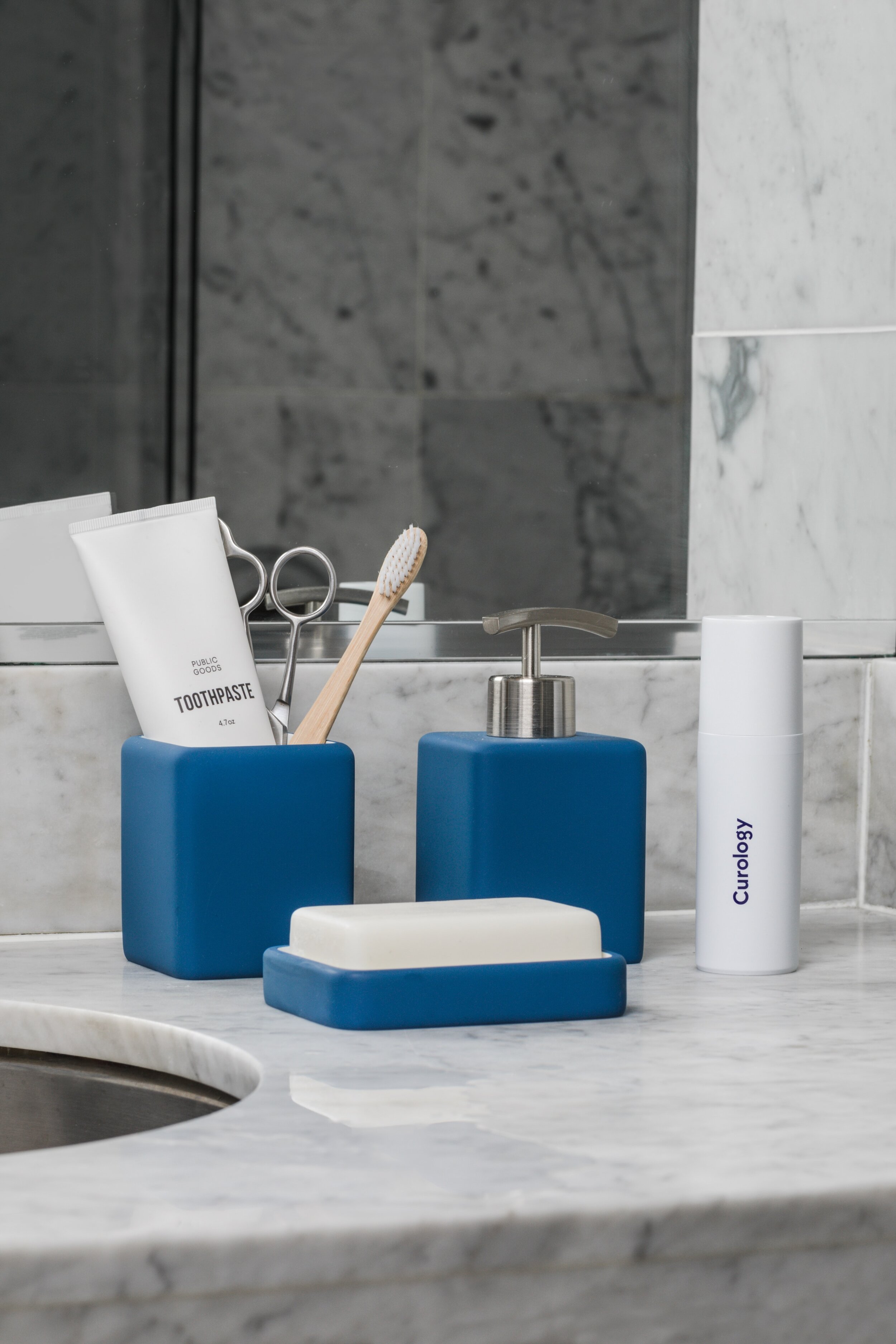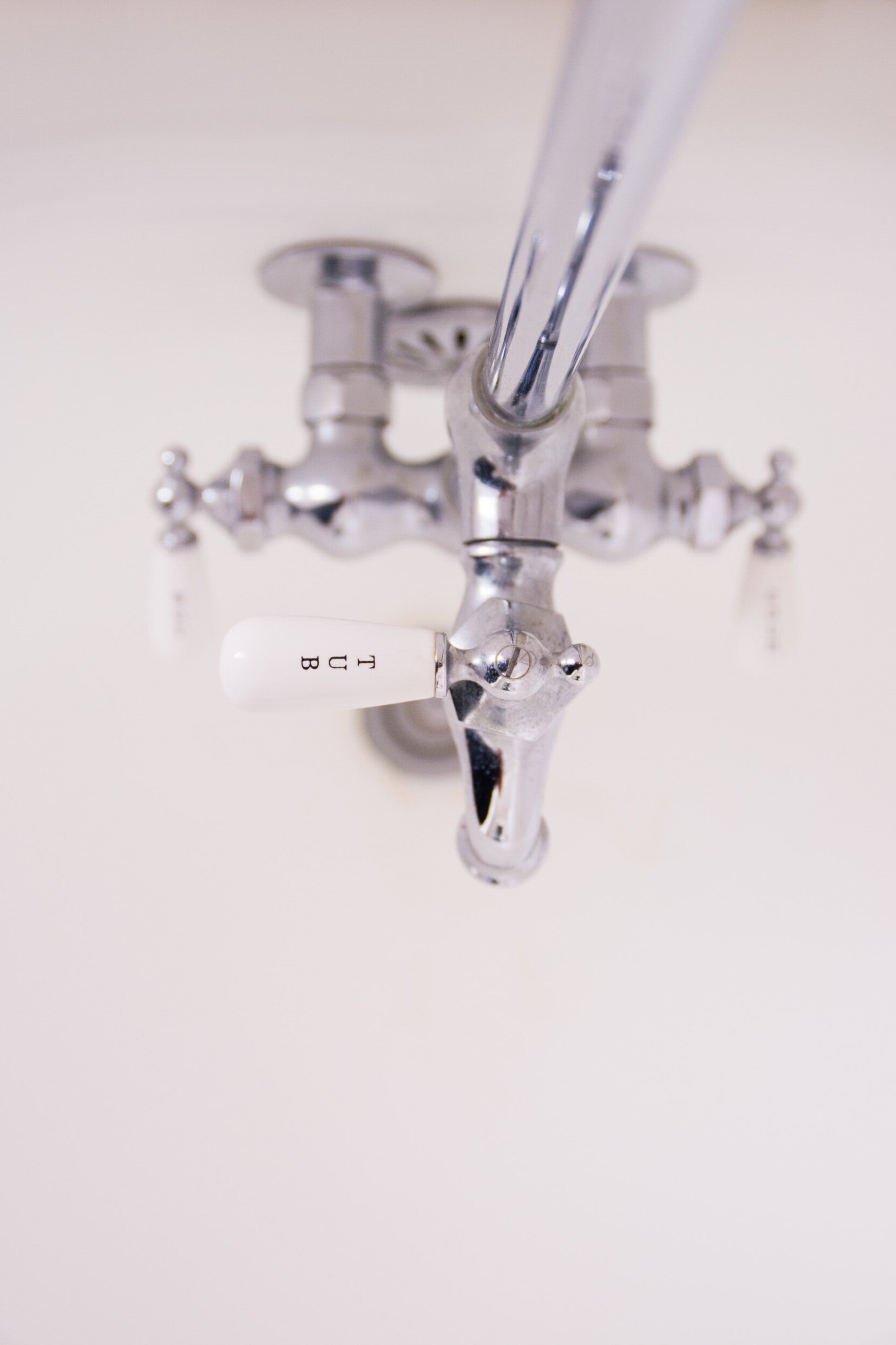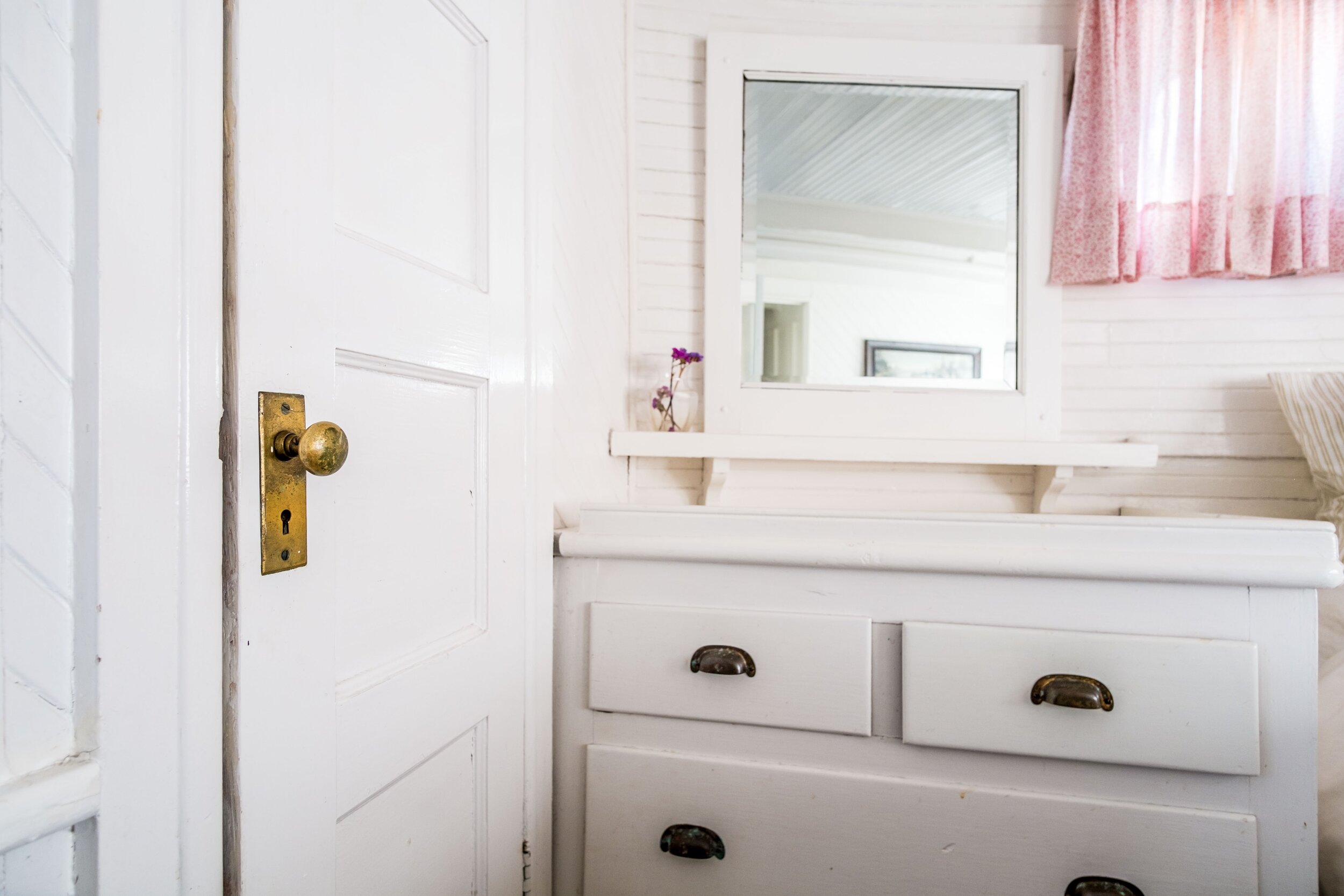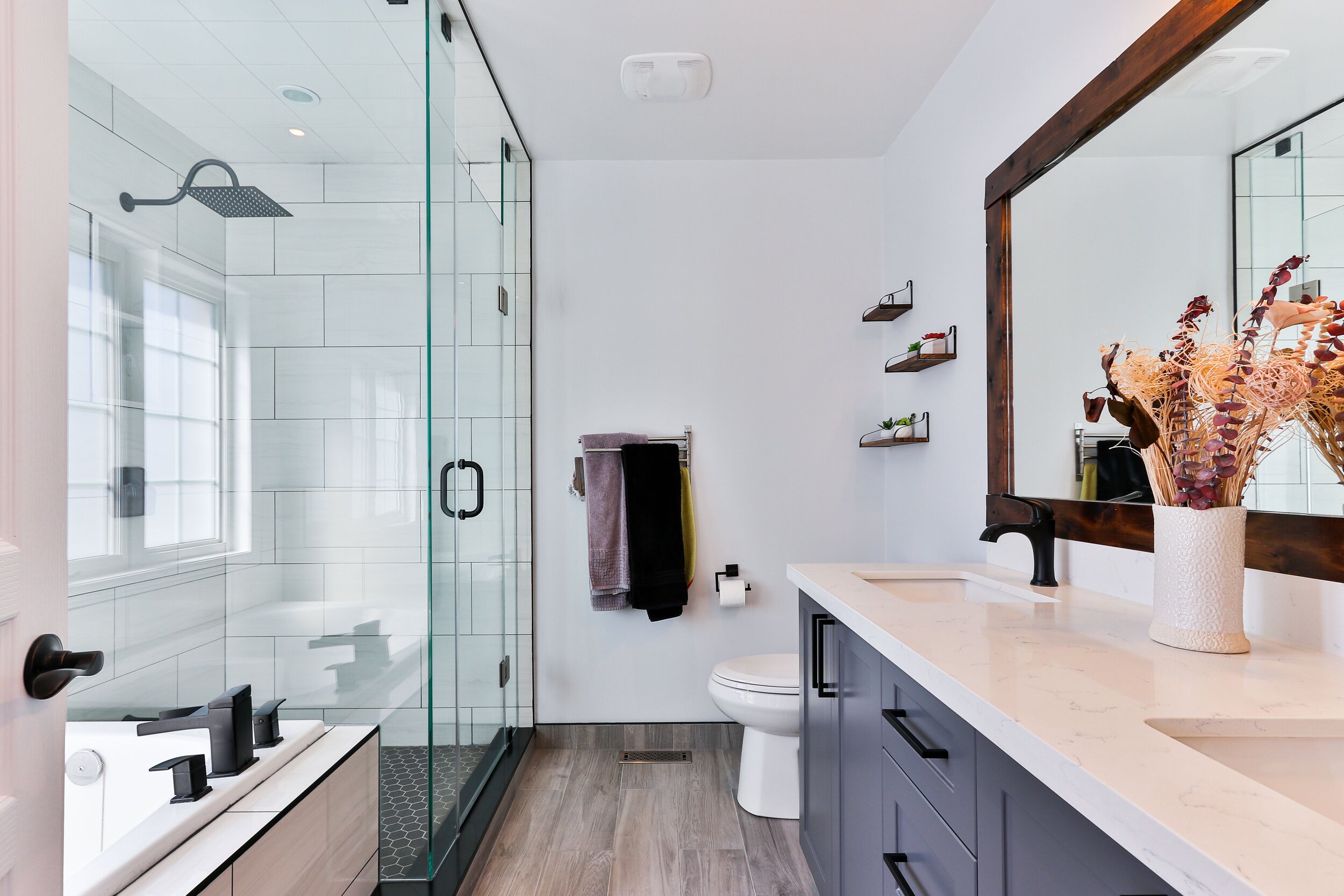Housekeeping Tips: Ways to Keep your Bathroom Cleaner
We already heard that bathroom is one of the dirtiest areas of our homes. As the bathroom creates the right temperature, moisture, dead skin cells, and residue, it serves as the breeding ground of antibiotic-resistant and the "flesh-eating bacteria, staphylococcus, "cruise ship bug" or known as norovirus, and more. One of the reasons we knock ourselves out in making it as clean as possible.
There's a lot to tackle when it comes to making your bathroom clean, knowing the most contaminated area,
what are the best tools or cleaning agents to use to kill or decrease the process of developing bacteria,
and how to clean it effectively and effortless.
If your thinking that the toiled is the most harbored fixture, unfortunately, that's wrong.
It is one, but the top of the list would be your bathroom floors.
BAthroom Floors
Bathroom floors microorganisms can increase their amount by a thousand per centimeter, especially if it creates a lot of traffic. Bathroom floors should be cleaned and mopped regularly to reduce the possibility of spreading the bacteria to your living, kitchen, or in your bedroom floors and decrease the growth of the microorganism. Knowing that the area you went to is safe and cleaned accordingly will give every house member relief.
One of our recommendations for floor cleaner would be Method Squirt + Mop. It has a lemony scent, no-wax formula, and non-toxic. Another floor cleaning ingredient would be vinegar and water. You may also include a few drops of essential oil to a gallon warm water and half cup white distilled vinegar.
Toothbrush and Toothbrush Holder
Next on our list is the tightly clustered bristles, toothbrush. Yes, the toothbrush is used to clean our teeth, gums, and tongue, one of the reasons it's on our list. Despite this, you don't need to panic and throw your newly used toothbrush away or daily change your toothbrush. There are ways on how can keep it clean, even after two months.
Another factor would be the area where you store it. Placing your toothbrushes near your toilet is like welcoming the bacteria to stick on it.
Storing and cleaning it after use by rinsing your toothbrush every time with clean water, dry it thoroughly, and keeping your toothbrush upright will keep your toothbrush germ-free. "How about using UV light and sanitizing spray?" As per research, there is no evidence using the said products will reduce the risk of microorganism accumulation. Putting your toothbrush in a toothbrush holder will not keep your brush germ-free as well.
According to our research, the toothbrush holder is also a germ carrier. It most likely contains coliforms or staph. That is why it is a that's why it's part of the list. As you place your wet toothbrush on the holder, the water is trap and dirt particles get in, which creates molds.
To eliminate dirt, bacteria, or mold buildup, give your holder a deep and thorough cleaning at least once a week. If you have a glass toothbrush holder, you may soak it to half a gallon of water and a one-eighth cup of white vinegar for 3-4 minutes. Then, use a dry and clean cloth to wipe it dry, or you may use your regular dishwashing liquid and warm water to clean it and dry it properly.
For ceramics, use a small bristle brush or old toothbrush in cleaning it using the same formula, you may also fill the holder with an antibacterial mouthwash for 3-4 minutes before wiping it dry.
Handles Or KNobs
Faucet handle, doorknobs, and towel brackets have more than 600 times more microorganisms than a toilet handle or toilet seat. According to the study, there's only 1 out of 20 people who washes their hands for at least 15 seconds, and most likely, faucet handles are left unwashed after cleaning your hands or using the toilet. To keep it spot-less for germs, you may use Disinfectant wipes or a bleach solution.
The soothing loofah. Moist, warm, textured, and with the right food source, microorganisms can duplicate twice their capabilities. It is suitable to replace your loofah every three weeks or every month.
Fortunately, you can clean it at least once or twice a week using a one-fourth cup of bleach with 1 cup of water for 5 mins. Microwave it for two minutes then, give it a bath in the washing machine. Another way to keep it clean and disinfected is to boil it with water for five to ten minutes.
Bathmat and ToweLs
Comfy Bathmat and Towels are not exempted on the list, as it is susceptible to fungus, bacterium, or viruses. As per research, the microbes stick and hide in the bathmat and towels fiber, when they conducted the research, 90 percent of it have coliform bacteria and 14 percent of harboring E.coli. It is necessary to wash your bathmat and towels regularly or at least every week, especially if it creates a lot of traffic.
Toilet
Last on our list, our well-known toilets, with 171 microorganisms per square inch, according to NSF. One of the reasons we spend too much time cleaning it and pouring all the disinfectant on it, as we know it carries a lot of bacteria and germs. In providing our cleaning services, we use Method antibacterial toilet bowl cleaner or Mrs. Meyers Toilet bowl cleaner to remove stains, freshens surfaces, eco, and pet-friendly.







Summary:
Maintaining your home around the clock germ and bacteria-free is impossible. But through regular cleaning, creating a cleaning plan to help you manage your time, and/or having a professional team do a housekeeping service, your home will be healthier and cleaner.
Vivian's Maid in Seattle provides recurring appointment packages,
from standard cleaning to deep cleaning services, to attain the highest quality of your home.
We use eco-friendly cleaning solutions, and our house cleaners went through several cleaning training and
background checks, to provide you a quality house cleaning services and safe cleaning services.
Always feel free to get in touch with our representatives through a phone call, chat, or by sending us a free cleaning request
to provide you high-standard and accurate home cleaning service.